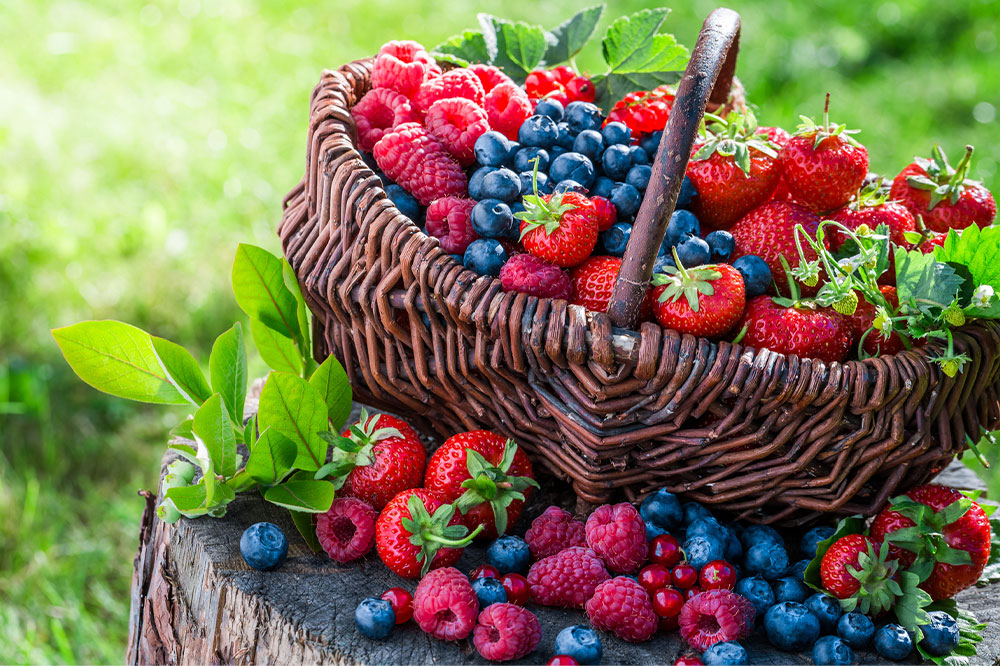Nutritional Strategies to Manage Overactive Bladder Symptoms
Discover effective dietary strategies and medications to manage overactive bladder symptoms. From incorporating bladder-friendly foods like bananas, berries, and cauliflower to understanding medication options such as Myrbetriq and TOVIAZ, this guide offers solutions to improve bladder health and reduce urgency. Proper hydration and medical treatment are key components of managing OAB effectively.

Overactive bladder (OAB) is a condition marked by sudden, frequent urges to urinate, often leading to incontinence and heightened urinary frequency. Managing OAB involves a combination of therapies, including lifestyle changes, dietary adjustments, and medications. Certain foods can support bladder health and reduce symptoms. For instance, ripe bananas are fiber-rich and laden with antioxidants, making them safe for OAB. Berries like cranberries and blueberries help inhibit bacterial growth and boost urinary tract health but should be consumed in moderation due to acidity. Cruciferous vegetables such as cauliflower contain compounds that reduce inflammation in the urinary tract. Proper hydration is essential; drinking adequate water prevents infections and inflammation. Winter squash varieties possess anti-inflammatory properties beneficial for bladder health. Green beans and eggs are gentle on the urinary system and nutritious. Besides dietary measures, medications like Myrbetriq and Gemtesa are prescribed for symptom relief. Catheters, including FDA-approved options like TOVIAZ, may be recommended for severe cases, aiding in urine diversion and symptom management. Always consult healthcare providers for appropriate diagnosis and treatment options.










